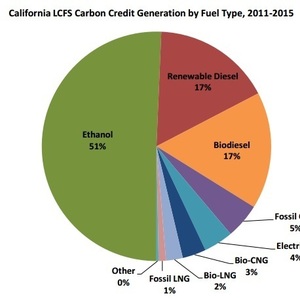RFA publishes analysis of California LCFS data




Renewable Fuels Association
April 28, 2016
BY Erin Krueger
Advertisement
Advertisement
Related Stories
Eni has announced plans to develop a 500,000-metric-ton-per-year biorefinery at its existing industrial site in Priolo, Sicily. The facility, which will produce renewable diesel and SAF, is expected to be operational in 2028.
Clean Fuels Alliance America on Oct. 22 wrote U.S. Trade Representative Jamieson Greer, asking him to close a loophole in the administration’s Reciprocal Tariff regime that exempts diesel and renewable diesel from reciprocal tariffs.
This fall, Raleigh will become the first city in North Carolina – and one of only a few cities in the nation – to power its bus fleet with renewable natural gas (RNG) created from its own wastewater.
The call for presentation abstracts for the 19th annual International Biomass Conference & Expo is now open. The event will take place in Nashville, Tennessee, March 31 – April 2, 2026. Abstracts can be submitted through Nov. 21.
The National Farmer Union is urging the White House and congressional leadership to dedicate resources toward expanding use of ethanol, biodiesel and SAF as part of any effort to provide assistance to struggling U.S. agricultural producers.





